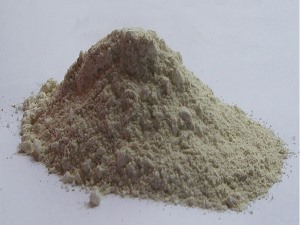- 05
- Nov
What are the aspects of chemical corrosion of refractory ramming material in intermediate frequency furnace
What are the aspects of chemical corrosion of refractory ramming material in intermediate frequency furnace
Refractory ramming material for intermediate frequency furnace is a cost-effective dry vibrating material, composed of super bauxite clinker, corundum, spinel, magnesia, sintering agent, etc. It is suitable for the melting of carbon steel, alloy steel, stainless steel and high manganese steel, with high lifespan and high cost performance. The chemical corrosion of refractory ramming material of intermediate frequency furnace mainly has the following aspects.
(1) Corrosion of molten iron. Furnace lining is mainly corroded by carbon in molten iron. The corrosion of SiO2+2C—Si+2CO occurs when smelting gray cast iron and ductile iron, and it is more serious when smelting ductile iron.
(2) Slag invasion. CaO, SiO2, MnO, etc. in scrap steel are likely to form low melting point slag, especially CaO is more harmful. Therefore, attention should be paid to the cleanliness of the materials used. Thin-walled waste with serious oxidation will generate more slag and should be used as little as possible or used in batches, with less per furnace.
(3) Refractory slag. The high melting point slag is made of quality aluminum, which reacts with the SiO2 in the furnace lining to generate mullite (3A12O3-2SiO2) with a melting point of 1850°C. Therefore, it is necessary to remove the quality guessed aluminum to avoid forming a high melting point slag.
(4) Additives. If slag coagulant or slag flux is used in the smelting operation, it will increase the corrosion of the furnace lining, so it should be avoided as much as possible.
(5) Carbon accumulation. The place where carbon accumulates is on the ice face of the furnace lining, and even accumulates in the insulation layer. The reason for carbon accumulation is that oil-leached waste, such as cutting chips, was used in the early stage of furnace reuse. Because the furnace lining was not sufficiently sintered, CO penetrated into the back of the furnace lining, causing 2CO—2C+O2 response. The generated carbon accumulates in the lining ice face or the pores of the insulation material. When carbon accumulation occurs, it will cause ground leakage of the furnace body, and even sparks from the coil.

